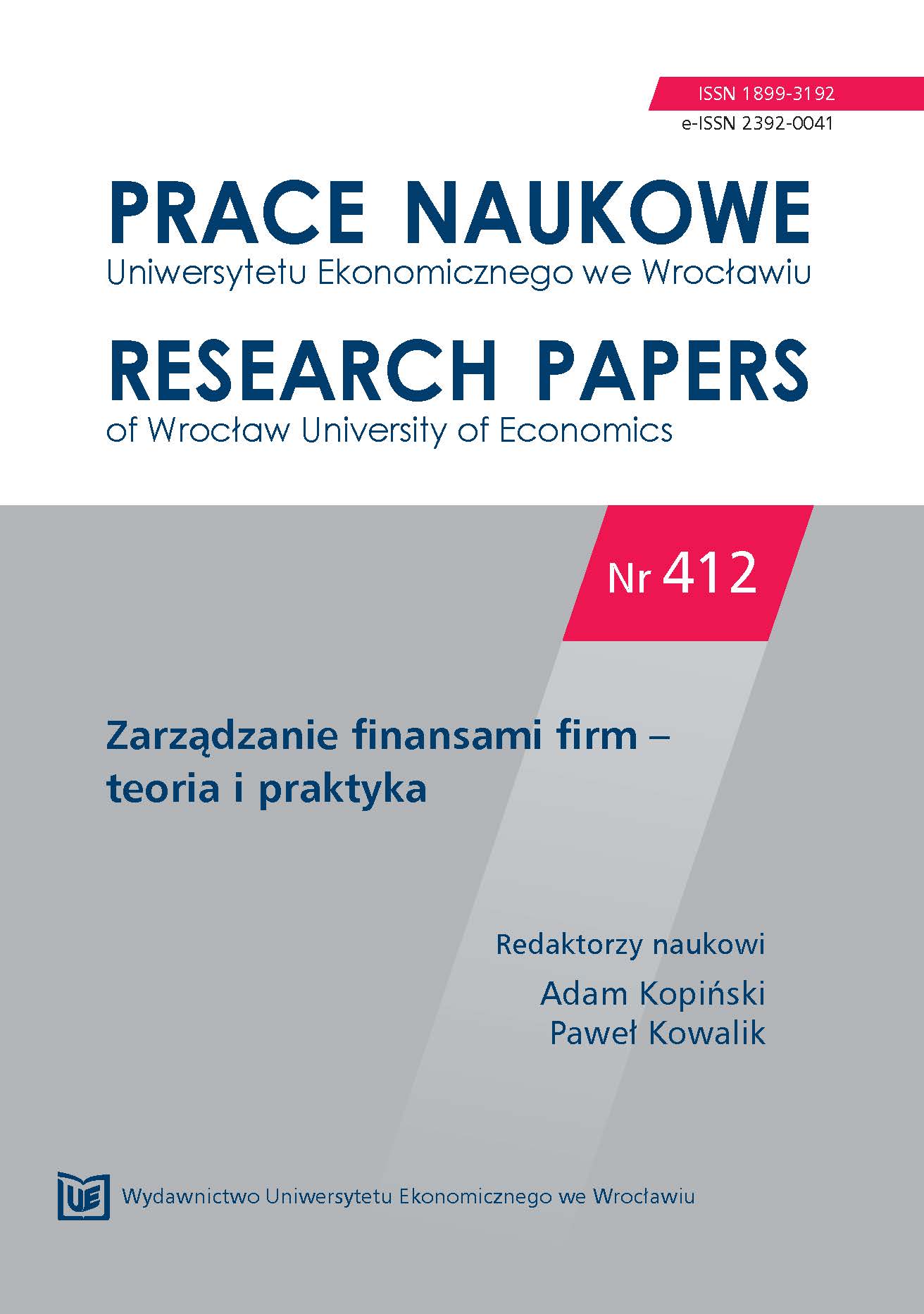The relation between the share of family enterprises in the credit portfolio and the quality of the entire bank credit portfolio and profitability of selected cooperative banks’ asset
The relation between the share of family enterprises in the credit portfolio and the quality of the entire bank credit portfolio and profitability of selected cooperative banks’ asset
Author(s): Emilia Stola, Artur StefańskiSubject(s): Economy
Published by: Wydawnictwo Uniwersytetu Ekonomicznego we Wrocławiu
Keywords: credit risk; cooperative banks; credit portfolio; family enterpises
Summary/Abstract: For decades family enterprises have been constituting the significant economic strength in the majority of countries in the world. Family corporations are characterized by a greater ability to survive than average ones. These enterprises function very well in times of crisis mainly because they join family, social and economic functions which translates into characteristics of finances of these subjects. Family corporations are characterized by a little tendency to take a risk which is connected with the stability preferred by them of functioning out of concern about long-term (multigenerational) surviving. This could be a cause that their financial management is more conservative, and their nature has considerable influence on a debt level which as a rule is much lower than in other enterprises. The cooperative banks were strongly structurally transformated in years 1996-2011. They changed their profile from niche, directed to farmers and agribusiness, into universal with more diversified banking products, directed at family entrepreneurs. Additionally the specificity of the cooperative banking, as for instance an aspiration to meeting the needs of its members, can be quite close for family entrepreneurs, which, strictly commercial by destinations, also often realizes other purposes. The aim of the elaboration is to present the process of forming the chosen group of customers –family enterprises in the structure of the credit portfolio, quality of the entire credit portfolio, and profitability of selected cooperative banks’ assets. In order to fulfil the purpose the authors used the analysis of multidimensional models of the multiple regression with data from chosen cooperative banks, functioning in the Polish banking industry, out of which two − Bank B and Bank D function in urban-rural communes, and Bank A and and Bank C on the area of rural communes. In the study quarterly data, starting from 2010 up to 2014, was used.
Journal: Prace Naukowe Uniwersytetu Ekonomicznego we Wrocławiu
- Issue Year: 2015
- Issue No: 412
- Page Range: 296-307
- Page Count: 12
- Language: Polish

